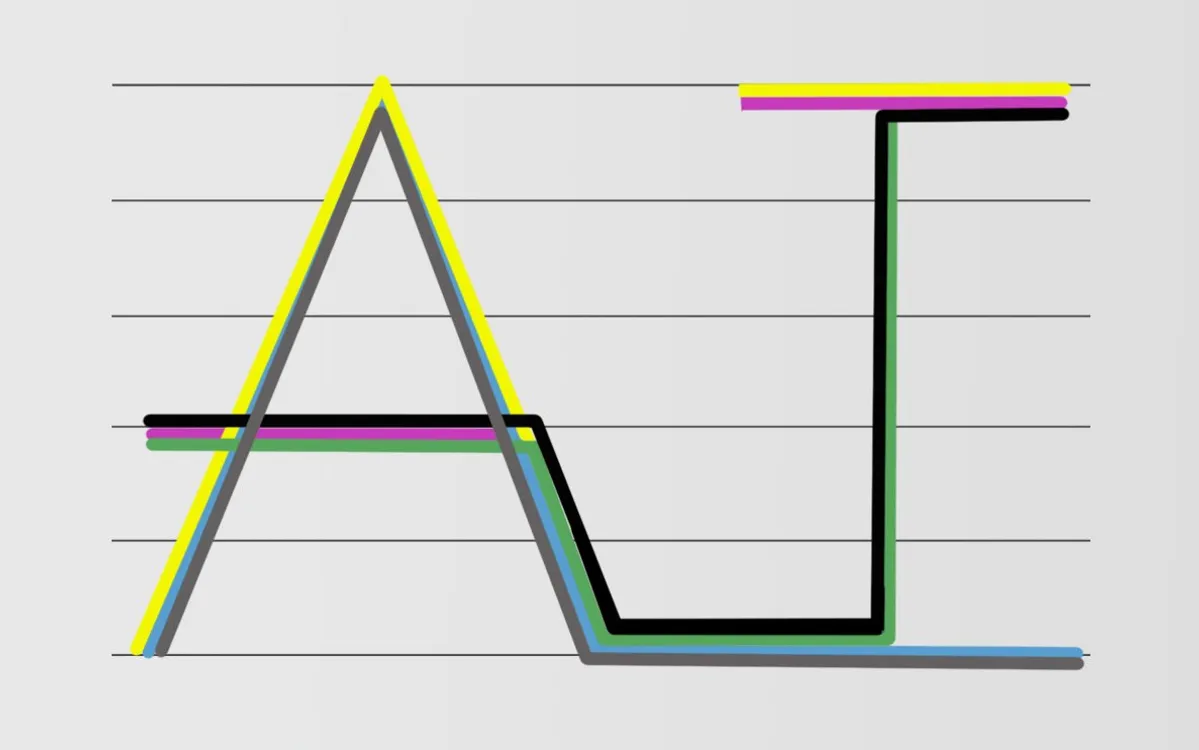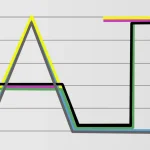
The Asian Countries That Actually Need A CBDC

At the recent Singapore Fintech Festival, the city-state’s announcement that it would pursue a wholesale central bank digital currency (CBDC) pilot next year was big news, and justifiably so. As Southeast Asia’s key financial center, Singapore’s monetary policy decisions usually have regional implications.
What the pilot will aim to assess is whether a digital fiat currency could help Singapore boost efficiency and speed in payments while lowering costs. While these are important considerations, the reality is that Singapore, like many developed economies, does not need a CBDC. It is an affluent country in which almost every adult has a bank account. Its digital financial ecosystem is advanced. For Singapore a CBDC is a “nice to have.”
The same cannot be said for several of its neighbors: Cambodia, Laos and Myanmar. These developing nations could all potentially derive significant benefits from a digital fiat currency and indeed, Cambodia already is.
Project Bakong
Cambodia quietly made history three years ago with the launch of its retail CBDC Project Bakong, that was developed by the Japanese blockchain firm Soramitsu. In retrospect, Bakong’s launch was a bold move that has established Cambodia as a CBDC pioneer along with China and the Bahamas. In its three years of operation, Bakong has attracted 70 financial institutions as members, 49 of which are active. From January to June 2023, the Bakong payment system recorded over 35.4 million transactions, amounting to more than $12 billion.
Soramitsu should be credited for developing the blockchain infrastructure to power Bakong, but just as important to the Cambodian digital fiat currency’s success are the kingdom’s pressing financial inclusion needs – an estimated 70% of the population of 17 million is unbanked – and an underdeveloped digital payments ecosystem – in contrast to say, China or India, where existing payment rails are so effective that it is unclear how a CBDC can improve them, and the unbanked are a minority rather than a majority of the population.
Sanzhar Abdullayev, chief card and e-payment officer of ABA Bank, said in August that Bakong “significantly impacted financial inclusion” by providing an easy, convenient, and safe foundation for transactions and payments within Cambodia and abroad. “We are optimistic about its further development,” he said, adding that ABA Bank has been a member of Project Bakong since August 2020 – a few months before its launch.
The Digital Kip
Given Laos’s low per-capita GDP of $2,500 and large unbanked population – less than 30% of Laotians have a bank account – the landlocked Southeast Asian country could derive clear benefits from a CBDC. Indeed, during the pandemic, Laos encountered some problems owing to its cash-dependent economy. For instance, it struggled to deliver cash relief handouts recorded largely on paper-based family books to people. A CBDC could help the Laotian government ameliorate the distribution of aid as well as more broadly improve financial inclusion and payments efficiency.
In February, the central bank of Laos began testing a proof-of-concept CBDC (the DLak) as part of its research into the potential issuance of a digital kip. During the pilot, the central bank is issuing DLak in exchange for fiat currency, which can then be obtained by individuals through commercial banks. To make purchases, users use a QR code and app provided by the participating sellers. Transactions made using the DLak will be instantly converted to physical currency by a commercial bank, allowing sellers to receive payment in real time.
Meanwhile, Soramitsu is playing a key role in the digital kip pilot. It has said that the results of the DLak will “influence and be a prerequisite” to the Laotian central bank’s consideration of an official CBDC launch. Should Soramitsu implement a similar version of Project Bakong in Laos, having the same CBDC infrastructure could facilitate seamless cross-border payments between Laos and Cambodia.
The DMMK
For Myanmar, a CBDC would also be highly beneficial given its large unbanked population and low per-capita GDP. However, given the country’s political challenges, its rollout of the Digital Myanmar Kyat (DMMK) is unique. Rather than the Myanmar central bank, it was the country’s former democratically elected government, the National Unity Government (NUG), now in exile, that launched the DMMK in 2022 in a bid to create its own digital financial rails that could circumvent banks controlled by the country’s junta. The DMMK is used via an e-wallet called NUGPay.
It appears that the DMMK is getting reasonably good traction so far. In June 2023, NUGPay released its first annual report stating that total transactions in the app had reached over 300 billion kyats (about $150 million).
It is conceivable that Myanmar could have more than one CBDC as the ruling junta stated in February 2022 that it sought to launch a digital kyat of its own. Deputy information minister, Maj. Gen. Zaw Min Tun said at the time that a “digital currency will help improve financial activities in Myanmar.”
It’s All About Financial Inclusion
Overall, we are optimistic about the prospects for CBDCs to boost financial inclusion in Cambodia, Laos and Myanmar – though in the case of the latter, uncertainty about its political stability could hinder widespread adoption of the DMMK. These three countries, given their relative lack of industry, underdeveloped infrastructure and small economies, have not reaped the same benefits from earlier waves of financial digitization as their neighbors. In each country, a CBDC can play a positive role in establishing solid digital financial infrastructure and bringing many more people into the formal financial system, thereby helping to alleviate poverty.
There are also signs that a CBDC could strengthen connectivity between the financial systems of these countries and the international community. Case in point: Alipay+ and Project Bakong announced their tie-up that will allow Chinese visitors to Cambodia to make payments with their Alipay wallets while users with full KYC bank-linked Bakong wallets will be able to pay overseas at merchants linked to Alipay+. Further, given the close economic ties between China and Laos, it is conceivable that if a digital kip is launched, it too will link up with Alipay+.
Looking ahead, we expect to see steadily rising usage of Bakong in 2024, with the potential for more cross-border payment tie-ups, greater clarity around the digital kip – including a possible launch date – and continuing adoption of the DMMK. These developments in emerging Southeast Asia may capture fewer headlines than when advanced economies make announcements about their respective CBDC progress, but their implications for boosting financial inclusion are far more salient.
Retrieved from: https://www.forbes.com/sites/zennonkapron/2023/12/05/the-asian-countries-that-actually-need-a-cbdc/?sh=36557b0d2e2a (02/05/2024)
- keyword : CBDC
Recommended news
-
15 Graphs That Explain the State of AI in 2024
May 16, 2024 -
Investors are growing increasingly weary of AI
May 16, 2024
Recommended news


15 Graphs That Explain the State of AI in 2024






